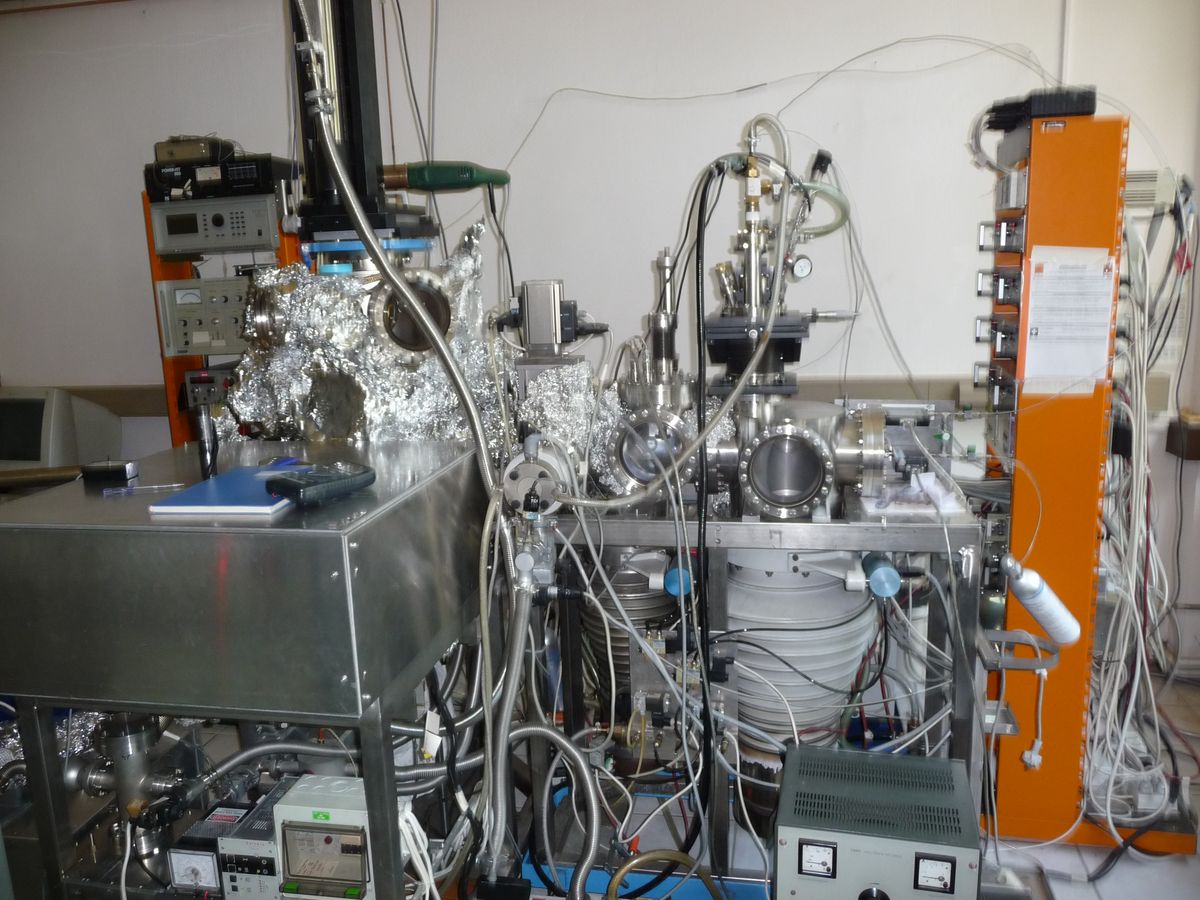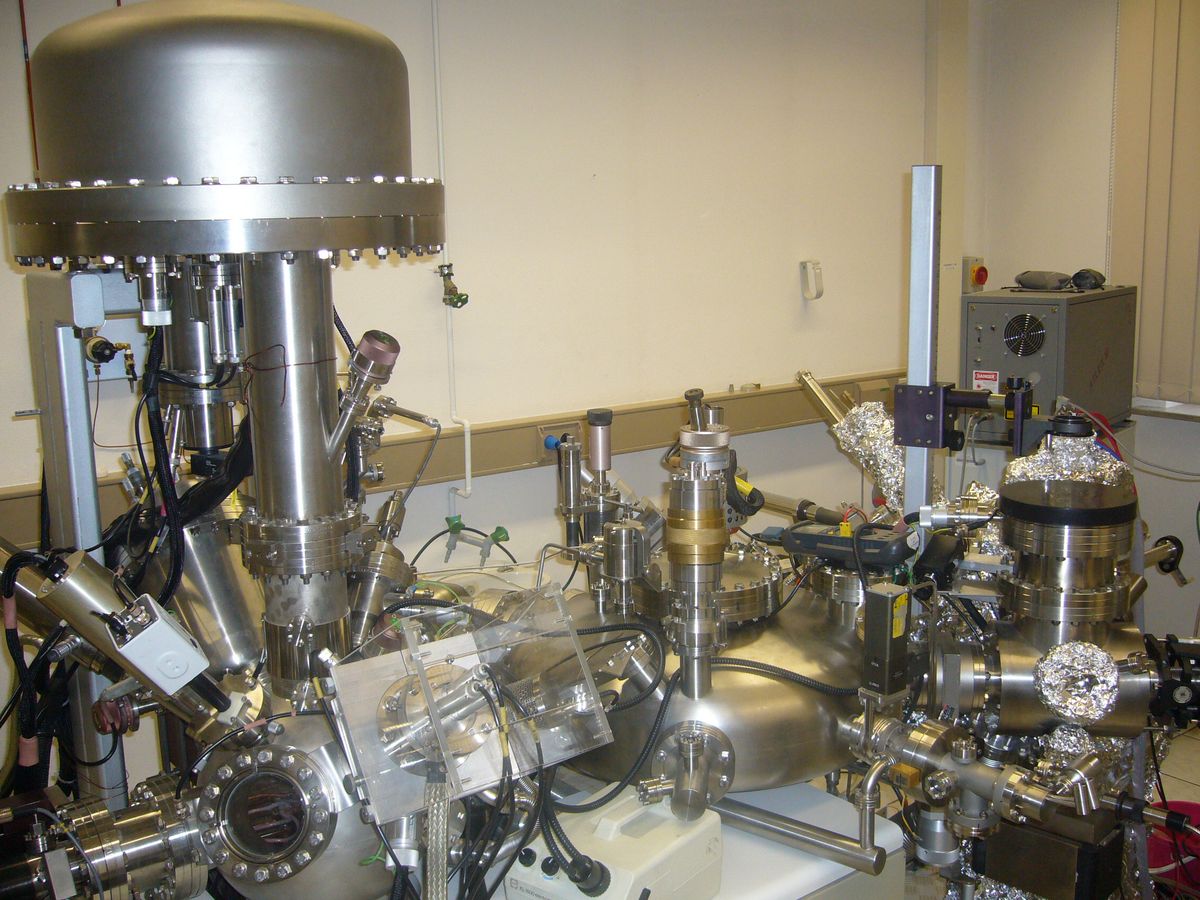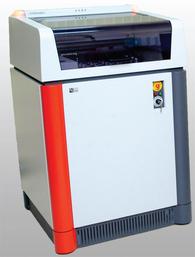The group is very active in the field of surface science, which contains topics relevant to heterogeneous catalysis, materials science and interactions at interfaces. Main techniques used to address such questions are photoelectron spectroscopy, x-ray absorption spectroscopy and other surface sensitive methods.
Research projects
Wavelength Dispersive X-Ray Fluorescence Spectroscopy (WD-XRF) enables the qualitative and quantitative elemental analysis of solid and liquid materials. With the spectrometer at hand, all elements with atom numbers greater than five (from carbon) can be detected. This method is used in cooperation with other institutes such as the Institute for Chemical Technology (industrial glasses, rice husk ash, diatomite and catalysts) or the Institute for Mineralogy, Crystallography and Materials Science (ancient coins).
Equipment
Here a general overview of the machines that are available in the group. More detailed information about current measurements at the science stations can be found at the Research page.
Different methods of sample modification and characterization are available with the spectrometer VG ESCALAB 220i-XL.
- XPS (X-ray photoelectron spectroscopy)
- UPS (Ultraviolet photoelectron spectroscopy)
- LEED (Low energy electron spectroscopy)
- AES (Auger electron spectroscopy)
- SEM (Secondary electron microscopy)
- PLD (Pulsed laser deposition)
- EBE (Electron beam evaporation)
Actually, this equipment is employed within the framework of the described research projects and for external service measurements.


